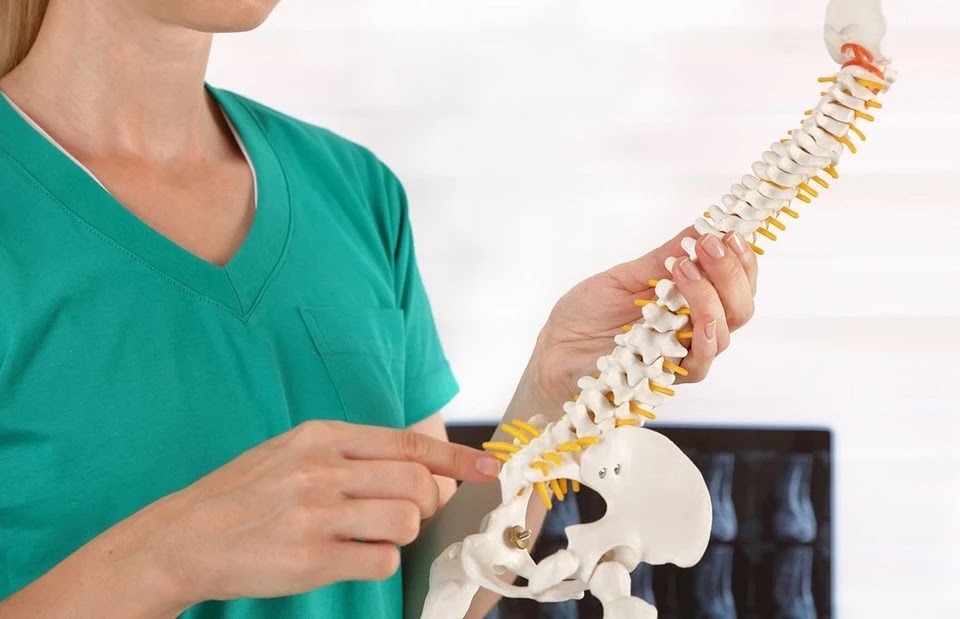What to do if it is constantly painful to sit, and sometimes get up and walk. How to get rid of pain in the coccyx and what causes it in general, are there any dangerous reasons.
Coccygodynia (or anacoccygeal pain syndrome) is pain in the coccyx (the lowest part of the spine, considered a remnant of the tails that were lost by humans in the process of evolution ). The coccyx is located at the base of the spine and consists of 3-5 bony vertebrae. It is attached to the sacrum by strong ligaments and muscles. It can be caused by a fall, childbirth, excessive sitting, or, in rare cases, a tumor. Most often it is treated without surgery, but it all depends on the cause. Let us examine in more detail where the severe pain in the coccyx comes from.
Pain in the coccyx: causes
The most important thing to remember is that whatever the cause, if the pain at the bottom of the coccyx does not go away for a long time, consult a doctor. The sooner you find out what is causing the problem, the sooner you can treat it.
1. Injury
Pain in the coccyx can be the result of a bruise, dislocation, or fracture of a bone caused by trauma , such as a violent fall.
It can also be the result of repetitive stress associated with activities such as cycling or rowing. Doing these activities over and over again puts constant strain on the muscles, ligaments, and spine, resulting in pain.
Signs of injury:
- Pain and swelling
- Numbness or tingling
- Weakness in the legs
- Bowel or bladder problems
How to treat:
2. Long sitting on a hard surface
- Sit up straight.
- Lean back against a chair.
- Keep your knees in line with your hips.
- Keep your feet on the floor.
- Relax your shoulders.
3. Pain after childbirth
- Non-steroidal anti-inflammatory drugs (NSAIDs)
- Physiotherapy
- U-shaped pillow
4. Hemorrhoids
- Bleeding from the anus
- Burning or pain
- rectal prolapse
- Itching
- Swelling
- Medications
- High fiber diet
- Drinking plenty of water
- Taking sitz baths with warm water
- If the condition does not improve, the surgeon may remove the hemorrhoid.
5. Too high or too low weight
- U-shaped seat cushion
- Warm or cold compresses
- Over-the-counter pain relievers
6. Chordoma
- Numbness in the groin
- bowel problems
- Bladder problems
- Weakness, numbness, or tingling in the legs
- Surgery
- Radiation therapy
7. Prostate cancer
- Symptoms of prostate cancer include:
- Burning sensation or pain when urinating or ejaculating
- Frequent urination, especially at night
- Erectile dysfunction that comes on suddenly
- Blood in urine or semen
- Surgery
- Radiation
- Cryotherapy
- hormone therapy
- Chemotherapy
- Immunotherapy
8. Spinal tumor
- Back pain, especially at night
- Pain that radiates to other parts of the body (for example, tailbone pain that radiates to the legs)
- Weakness or loss of sensation in the arms or legs
- Problems with walking
- Less sensitivity to cold, heat and pain
- Loss of bladder or bowel function
- Paralysis
9. Colorectal cancer
- Constipation or diarrhea
- Blood in feces
- Cramps or pain in the pelvis or lower abdomen
- Weight loss
- Fatigue
- Surgery
- Chemotherapy
- Radiation
10. Pilonidal cyst of the coccyx
- Tailbone pain when sitting and standing up
- Pus or blood leaking from a skin opening (often in the buttocks)
- Skin redness
- Bad smell from pus
Recovery and prevention
- Good posture when sitting, standing, moving
- Regular stretching and strengthening exercises for the spine
- Proper protection for sports
- Using a seat belt while traveling
- Ergonomic work area
- Good nutrition, healthy weight, maintenance of lean body mass
- stress management
- No bad habits


0 Comments